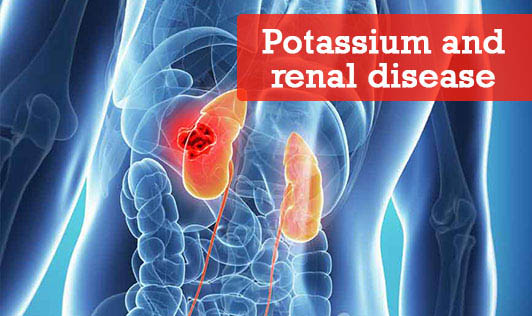Potassium and renal disease
- 56 months ago
After last week's article on potassium and hypertension in these columns, I got a call from a concerned reader about intake of potassium for persons with kidney problems .That article was meant for those with primary hypertension. However, for the concerned caller and perhaps some others who might want information about it, here are a few basic guidelines:
a) Avoid all foods that are high in potassium nuts, jaggery, instant coffee, chocolate, cocoa powder, low sodium salt, tender coconut water, fruit juices, ragi and bajra, as also vegetables and fruits that are high in potassium.
b) In acute renal failure, potassium intake should be less than 2 gms per day.
c) In chronic renal failure with peritoneal dialysis, potassium can be taken more liberally
d) Here is a list of low potassium vegetables and fruits that can be included in the diet of a patient with renal disease: Beetroot; Bottle gourd; Broad beans; Chow-chow; Cucumber; Fenugreek leaves; knoll kohl; Lettuce; Peas; Radish - pink; Ridge gourd; Snake gourd; Apple; Guava; Papaya; Pear; Pineapple; Rose apple.
Excess potassium can be removed from the vegetables by a process called leaching. To leach out potassium, peel and cut vegetables. Soak in hot water for half an hour to one hour. Discard water and cook in large volume of fresh water. High potassium vegetables to be leached - amaranth, colocasia, coriander leaves, drumstick & leaves, potato, spinach, sweet potato, tapioca, tomato and yam.
Above all, every patient with renal disease needs the help of a dietitian to plan a suitable diet depending on the patient's condition, which may vary from day to day. Do consult your dietitian for a proper diet; this is important.




